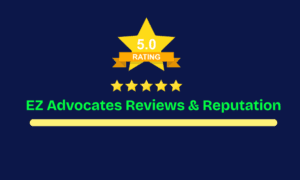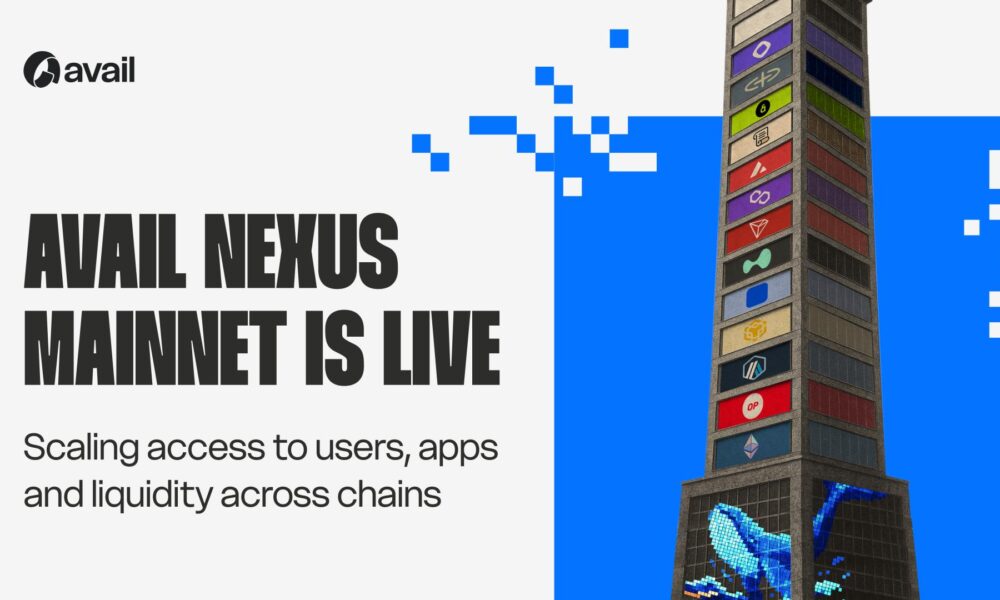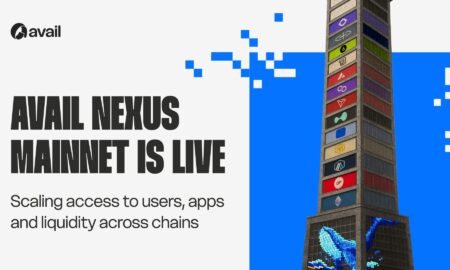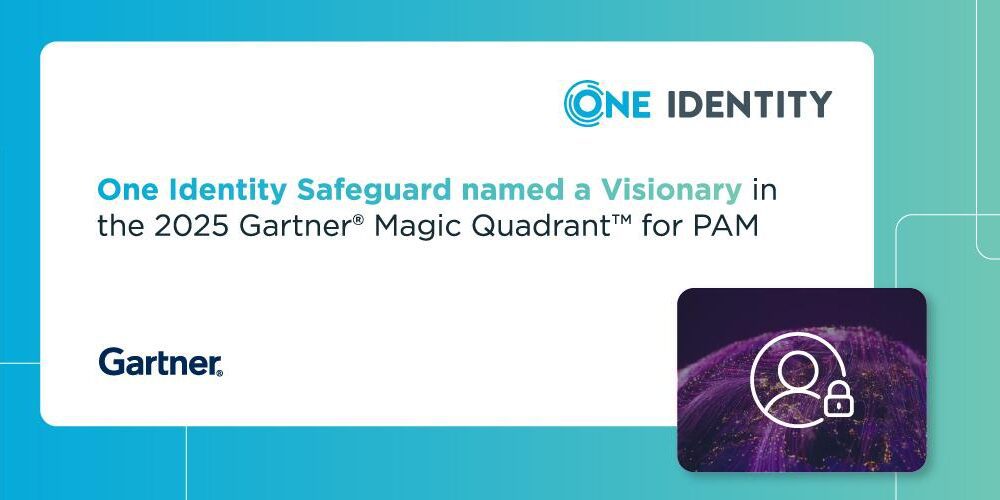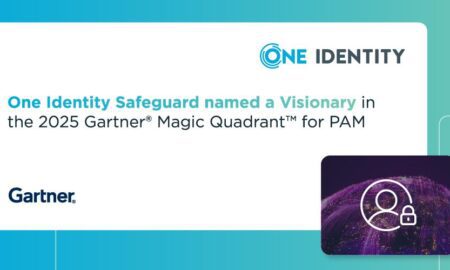In recent years, something fundamental has shifted in the way people consume news. Gone are the days when families would huddle around the television at 6 p.m. sharp, trusting Walter Cronkite–like anchors to tell them what’s what. Today, with a few taps on a smartphone, anyone can access thousands of sources, voices, and opinions from across the globe. But with that choice comes a new challenge: who do we trust?
As skepticism toward mainstream media outlets grows, many readers are turning toward independent and alternative news platforms for a more balanced, nuanced view of the world. One such outlet, Observer Voice, is a prime example of this shift. It stands out not just for offering fresh takes on current affairs but for exploring deeper layers of culture and history.
Let’s dig into why people are moving away from traditional media and what makes independent platforms like Observer Voice increasingly essential in today’s information-saturated world.
Cracks in the Mainstream: Why Distrust Is Growing
The erosion of public trust in mainstream media didn’t happen overnight. It’s been bubbling under the surface for decades, gradually accelerated by political polarization, corporate consolidation, and a perceived lack of accountability.
Just think about it. Over the years, we’ve seen cable news channels morph into partisan echo chambers, headlines skewed more for clicks than for clarity, and breaking stories presented with more drama than detail. The line between journalism and entertainment has blurred.
Social media added fuel to the fire. While it gave everyday users a platform, it also exposed the inconsistencies and biases of large news organizations in real-time. Misinformation is part of the problem, yes—but so is selective reporting, sensationalism, and the tendency to gloss over important stories that don’t fit a preferred narrative.
When news becomes more about ratings and less about truth, people naturally start looking elsewhere.
The Independent Alternative: More Than Just a Trend
Enter independent media—a landscape shaped by smaller, often reader-supported outlets that prioritize depth, diversity of thought, and editorial independence. These platforms don’t have billion-dollar sponsors breathing down their necks. They’re not chasing the same ad dollars or political alliances that influence mainstream networks.
And here’s the thing: people are responding. Independent news sources are seeing a surge in readership, subscriptions, and community engagement. Why? Because they offer something many legacy outlets have lost: credibility grounded in transparency.
Platforms like Observer Voice are tapping into this hunger for substance over spectacle. They don’t just churn out headlines for the algorithm—they dig deeper. Whether it’s unpacking a global event through a historical lens or exploring cultural dynamics that shape public opinion, they bring context to the conversation. That context is what helps people make sense of the bigger picture.
Beyond Breaking News: The Value of Perspective
Mainstream media is built for speed. If something happens, you’ll hear about it—immediately. But often, you’ll only get the surface-level version: who, what, where, and maybe a dash of opinion. What’s missing is the “why.” And that’s where independent platforms shine.
Take, for example, a protest movement abroad. Mainstream news might report the turnout and show dramatic footage. But an alternative outlet might explore the socioeconomic causes behind the unrest, trace its historical roots, and feature voices from within the movement rather than just official sources.
Observer Voice excels at this kind of storytelling. Instead of reacting to headlines, it curates thought-provoking content that connects events to broader themes. Readers aren’t just informed—they’re educated. They walk away with insight, not just updates.
Culture, History, and the Stories We Overlook
Another strength of alternative platforms is their willingness to cover stories that often fall through the cracks—especially those related to culture, identity, and forgotten history.
Mainstream media tends to treat these topics as sidebars, if they’re mentioned at all. But independent outlets know that understanding today’s world means understanding the past, and understanding people means exploring their lived experiences.
Whether it’s a deep dive into post-colonial struggles, an analysis of censorship in global literature, or a look at lesser-known civil rights movements, these stories matter. They shape how societies think, evolve, and engage with each other.
When platforms like Observer Voice highlight these issues, they’re not just informing—they’re preserving memory, sparking dialogue, and inviting readers to question assumptions.
Reader Engagement and Community Building
Another major difference? The relationship with the audience.
Mainstream media often feels one-way. A talking head tells you what to think, and that’s it. But independent platforms thrive on engagement. They invite readers to comment, share insights, and even contribute content. This creates a sense of community—a shared space where information isn’t just consumed but co-created.
Many independent outlets are transparent about their funding, too. They rely on donations or subscriptions, which fosters accountability. If readers don’t trust them, they don’t survive. That’s a powerful incentive to remain honest and grounded.
This reader-first approach builds a level of loyalty and credibility that big corporations can’t fake. People feel seen, heard, and respected—not just targeted.
Challenges of Going Independent
Of course, it’s not all smooth sailing. Independent media faces its own set of hurdles—limited resources, restricted access to official sources, and the constant challenge of breaking through the noise.
But despite these obstacles, many of these outlets are thriving. Why? Because passion and purpose go a long way. Independent journalists often pursue stories not because they’re trending, but because they matter. That authenticity resonates in a way glossy production values can’t replicate.
And with trust in traditional institutions at an all-time low, people are more willing than ever to support the underdog.
A More Informed Future?
So, where does all this leave us?
We’re in the middle of a media renaissance. People are no longer passive consumers. They’re curating their own feeds, fact-checking claims, and exploring multiple perspectives. And that’s a good thing. A diverse media ecosystem leads to a better-informed public—if we know where to look.
The rise of platforms like Observer Voice is proof that the appetite for intelligent, independent journalism is alive and well. It’s a reminder that even in an age of information overload, there’s still space for thoughtful, ethical storytelling.
Final Thoughts: Listening Beyond the Headlines
In a world where every scroll brings a new “crisis,” it’s easy to feel overwhelmed. But information doesn’t have to be exhausting. It can be enlightening—if we choose the right sources.
Independent media may not have the flashiest graphics or the biggest budget, but it often offers something far more valuable: truth told with integrity. It asks better questions, listens to different voices, and respects the intelligence of its audience.
So next time you’re looking for news that goes beyond the noise, consider stepping outside the mainstream. Chances are, you’ll find stories that don’t just inform you—but change the way you see the world.








